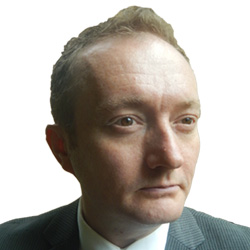Technology Tracks
The 4th Industrial Revolution is associated with Cloud, Big Data, Internet of Things, Artificial Intelligence, and Analytics. These technologies are at varying degrees of maturity; some have been around for years but are finally hitting their stride, while others are maturing rapidly. One thing for sure, these technologies are closely associated with geospatial – either they directly benefit from location data or technologies, or directly empower geospatial business. In some cases, these technologies converge with geospatial to deliver solutions and have long-lasting impacts. Technology tracks at Geospatial World Forum 2019 will cover innovation and application of these technologies, and their future prospects in our industry.
Speakers

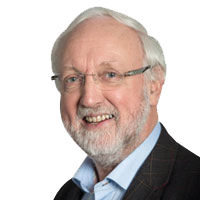
Geodan
The Netherlands
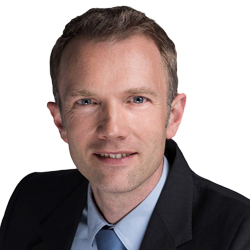
IMAGEM
The Netherlands
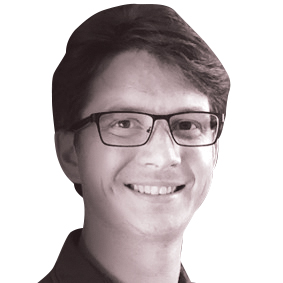
Orbica
Germany
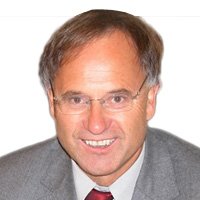
University of Stuttgart
Germany
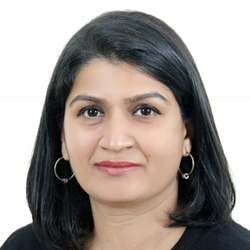
CropIn Technologies Solutions
India
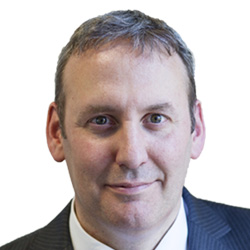

Salzburg University
Austria
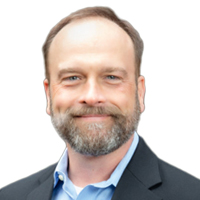
40Geo
USA
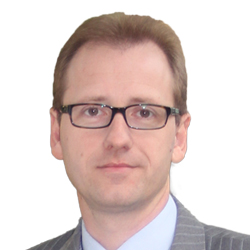
Fraunhofer IOSB
Germany
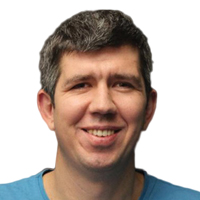
Intetics
Ukraine
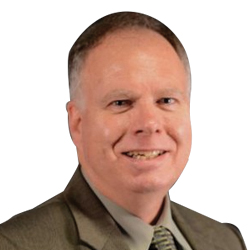
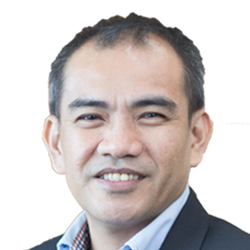
Philippine Council for Industry, Energy and Emerging Technology Research and Development (PCIEERD)
Philippines
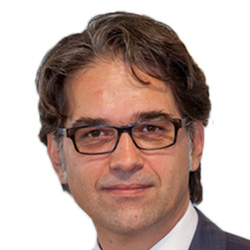
Disy Informationssysteme GmbH
Germany
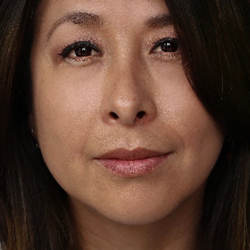
Nelen & Schuurmans
The Netherlands
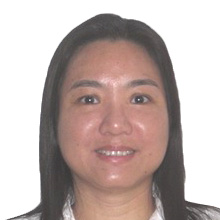
Hunter College of City University of New York
USA
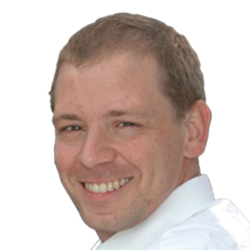
RIEGL Laser Measurement Systems GmbH
Austria

Hexagon
USA

Trimble
The Netherlands
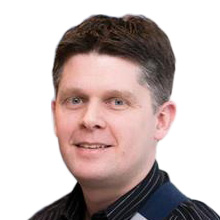
CycloMedia Technology
The Netherlands
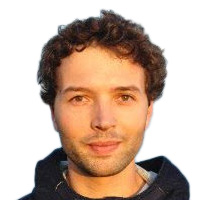
FARO
Spain
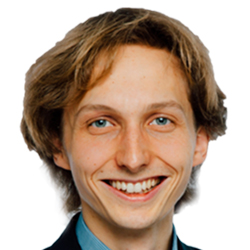
nFrames
Germany
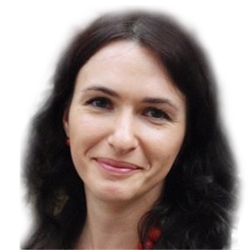
NeoCityLab
The Netherlands

Orbit GT
Belgium
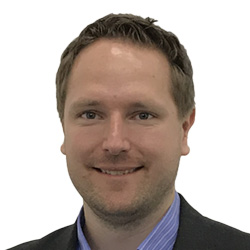
Founder, Point Cloud Technology
Germany
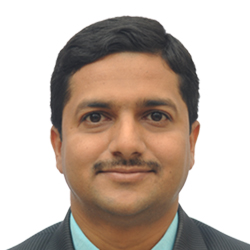
Prashant Advanced Survey
India
KEY THEMES
The biggest opportunity for geospatial industry in AI is its core asset, which is geospatial data. It is widely acknowledged that 80% of all data that is generated are spatial in nature. So exploiting that data using automation through AI and deep learning comes naturally to creating solutions for rest of the basic sectors. AI is a great tool when it comes to imagery analysis. With the world flooded with data from satellites and a myriad of sensors, AI-driven applications can provide previously inaccessible insights on global-scale economic, social and industrial processes. AI and geospatial intelligence can converge to deliver solutions for improving precision farming, disease prediction, and predictive policing. For the businesses, they can help in planning, predicting demand spikes, identifying high-margin prospects, adding efficiency to the supply chain, and optimizing service delivery.
The volume, variety and velocity of geospatial data is continually expanding. Storage, analysis and serving the information within an organization is becoming a challenge. The cloud’s increasing ability to store and distribute data has made it possible for organizations to better utilize their geospatial data, and for businesses to create products which describe our changing world in close to real-time. On top of this, cloud has made it significantly easier for geospatial data to be moved around, accessed from multiple places, pushed into manipulation pipelines and visualized at scale.
IBM has reported that about 2.5 Quintillion bytes of data is generated every day and a huge chunk of this data is ‘location-tagged’. As more and more people go mobile, more ‘location-tagged’ data will be flowing into geospatial big data systems. On top of this, there are more and more satellite-based and sensed data becoming available. The key will be how to link geospatial data with other data and create application that can contribute to socio-economic growth.
Internet of Things is the inter-networking of physical devices, vehicles, buildings, and other items — embedded with electronics, software, sensors, actuators, and network connectivity that enable them to collect and exchange data. When integrated with geospatial technologies, the end products are transforming the way people work, move, live and play. Geocaching, fitness apps and Pokémon Go are a few popular examples of geospatial-IoT integrated products. Businesses use GIS and IoT technologies to combine a device’s location with its status and other important information. The IoT device can be placed on a valve, a switch, or any other asset, and those assets can be displayed on a map that provides context at macro levels as well as enabling users to extract high levels of detail. The approach delivers key inputs to support informed decisions and efficient business processes.
Blockchain is a continuously growing list of records, called blocks, which are linked and secured using cryptography. The Chain in Blockchain is the chain of transactions in the form of ledger entries about assets which could be money, imagery, data, maps, documents, etc. However, what actually is transacted in reality are tokens containing the metadata of the assets with the actual physical transfer happens separately. One area where Blockchain will find major use along with geospatial technologies is the Internet of Things. Today, IoT conjures up a mental image of a complex network of humans and objects all passing data to each other. For example, could an autonomous delivery van, which depends on sensors be hijacked and driven to a wrong location? Consider the data carrying the instructions as transactions. If the network is on a Blockchain, then the process of consensus would help validate the transactions and weed out the wrong instructions because the illegal transactions would be trapped. Other domains where Blockchain could play a role in geospatial terms are land transactions and data repositories.
